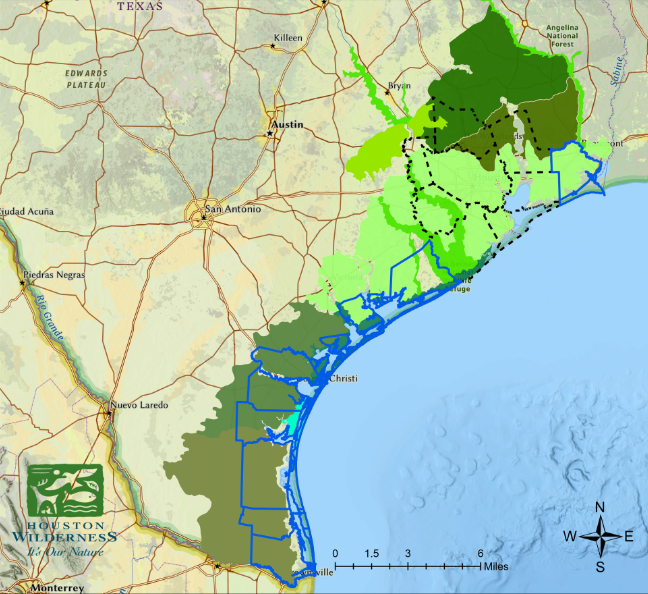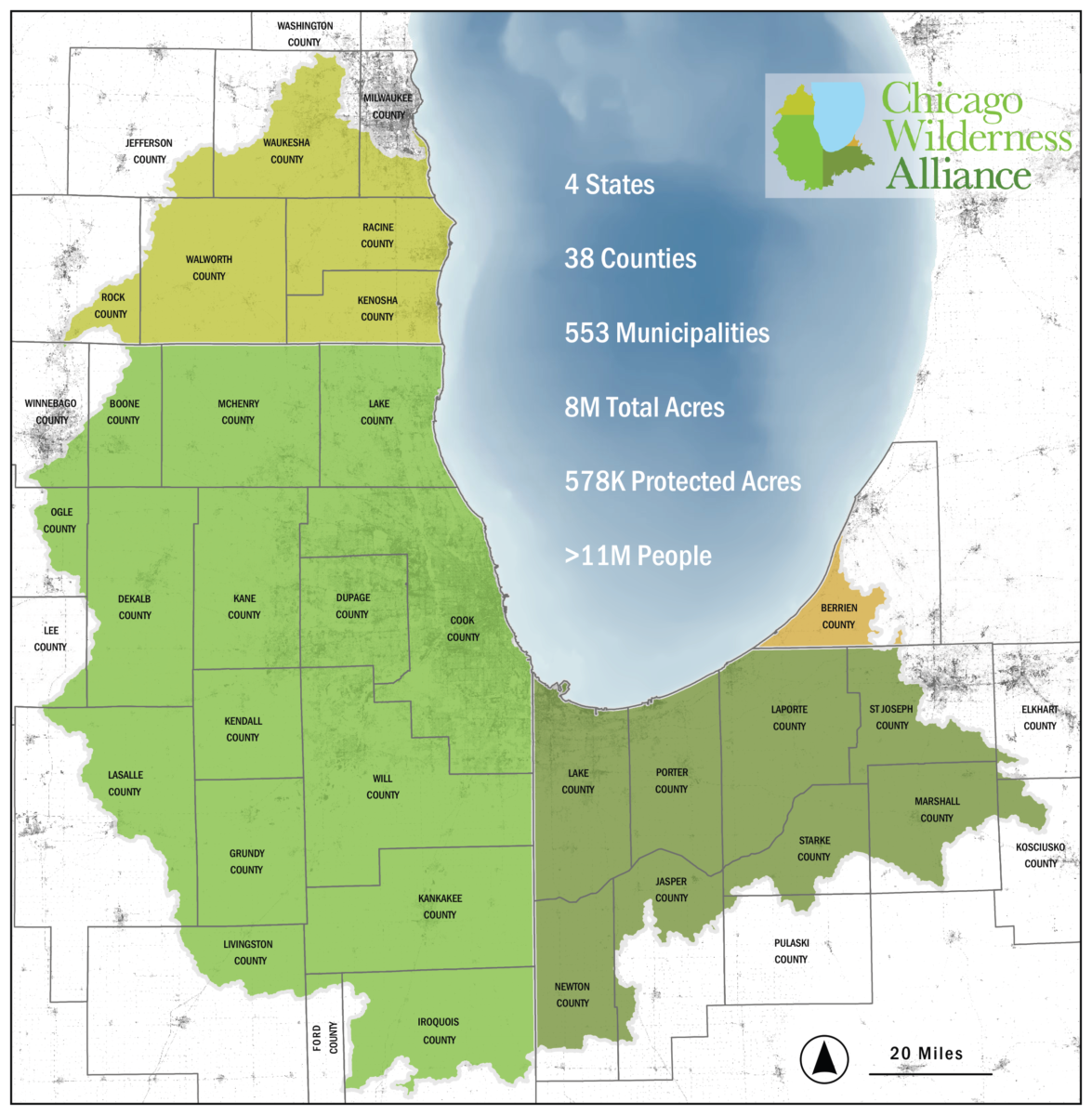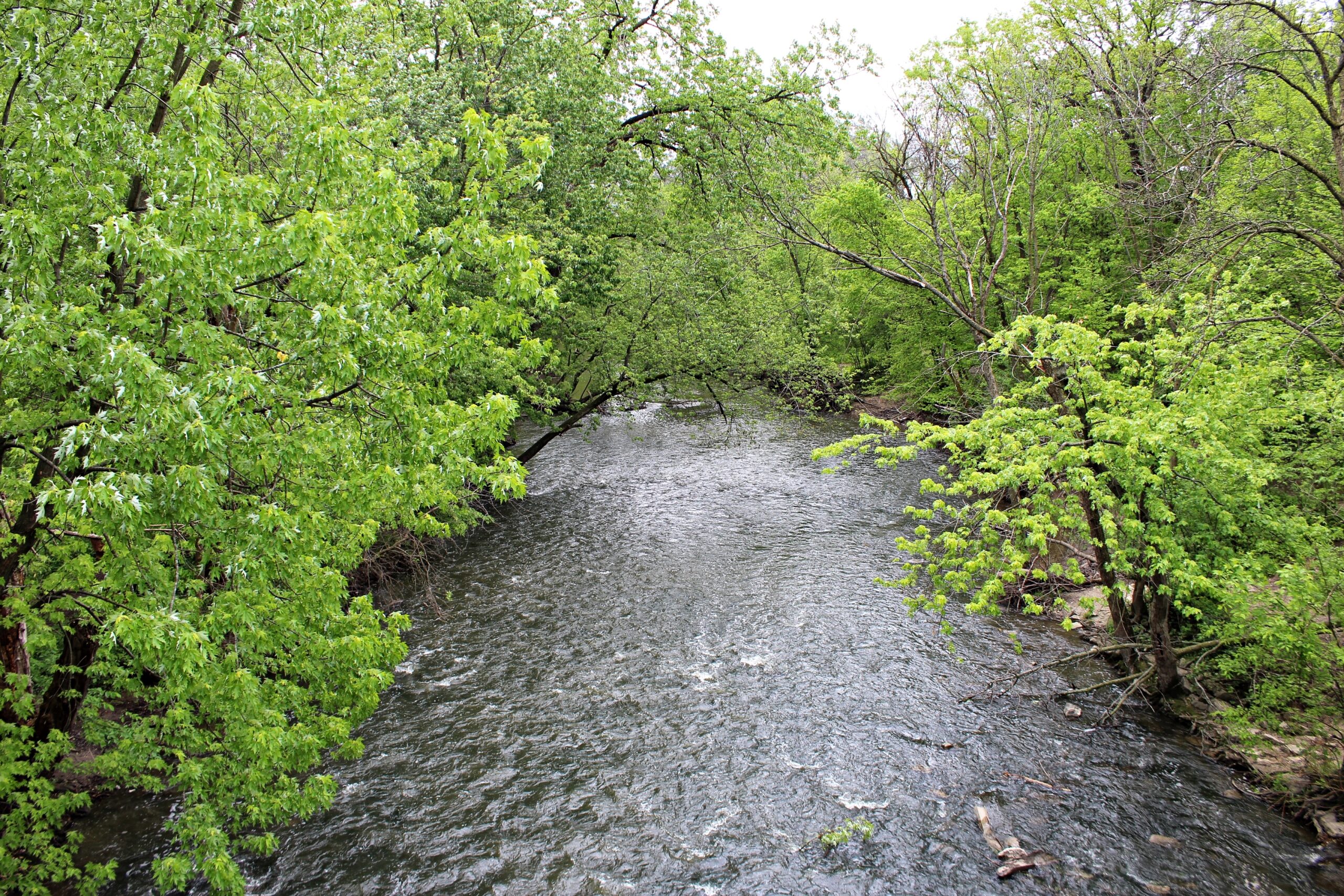Biometropolis
My last blog promised that we’d look this time at what California has been doing to advance biodiversity research and planning absent strong national biodiversity leadership in the United States. I’m going to delay the California topic for a bit, however, because the City of Los Angeles has been experiencing a delay in completing its biodiversity strategy and action plan. So, we have time to step back and look at a few more biodiversity topics until then.
This blog arises from what I’ve discovered from taking a look at what U.S. cities similar to Los Angeles have been doing to address biodiversity issues. With L.A. being the second most populous city in the country, there aren’t a lot of cities that are similar enough to be considered “peers.”
I’ve settled on just three: New York City, Chicago, and Houston. Along with Los Angeles, these cities are not merely the four most populous in the country, they also have large metropolitan areas, and together constitute the principal cities of the nation’s four coasts: East (New York on the Atlantic), South (Houston on the body of water historically known as the Gulf of Mexico), West (L.A. on the Pacific), and North (Chicago on the Great Lakes). And thankfully, two of these cities (Chicago and Houston) have impressive, longstanding regional biodiversity strategies. The third (New York) is a late comer to biodiversity planning but now seems poised to engage with that issue aggressively.
Starting with Chicago and Houston, what’s so impressive about their work? First and foremost, their strategies are both hyper-local and hyper-metropolitan. They are hyper-local in that they recognize that most biodiversity projects occur in specific, small-scale places, often via projects initiated and implemented by organizations with a strong, local focus.
But, they are hyper-metropolitan in that they recognize that the plants and animals that constitute ecosystems don’t limit their presence and activity to municipal boundaries. Instead, those cities ask where their relevant ecosystems are located and tailor their strategies to fit those ecosystems. As seen in these maps, their results extend not just beyond the Chicago and Houston city limits, but well past the edges of their suburban areas:


How did this happen? And, what are Chicago and Houston doing to advance biodiversity in their planning areas?
Both Chicago and Houston made commitments in the mid-1990s to address biodiversity issues in a hyper-metropolitan way. In both cases, they did so by creating alliances of all key stakeholders whose work advances biodiversity within portions of the extended regional ecosystem. The organization created in the Chicago is known as the Chicago Wilderness Alliance; in Houston, it is simply known as Houston Wilderness.
Both organizations adopted vision and/or mission statements broad enough to welcome a wide variety of partners into their alliances but narrow enough to focus specifically on biodiversity issues. Both organizations then created plans that they committed to implement: a “biodiversity recovery plan” for the Chicago area and a “regional conservation plan” for the Houston area.
Subsequently, both regions created numerous informational resources to identify biodiversity conditions and actions taken to improve biodiversity. In both cases, the alliances issue annual reports to document successes and challenges in implementing the organization’s vision/mission. And in Chicago, this activity is supplemented by a substantial collection of branded merchandise that can be purchased to help generate a strong sense of community among the alliance partners: coffee mugs, t shirts, hoodies, baseball caps, etc. Wouldn’t you like to have some of these? I’ve put some on my Christmas list!
Kudos to Chicago and Houston for creating hyper-metropolitan biodiversity programs that Los Angeles could emulate!
But what about New York? Unfortunately, New York doesn’t yet have anything comparable to the Chicago and Houston programs. But, that may soon change. In June of this year, a New York City Biodiversity Task Force completed 15 months of work and issued a report entitled “Oaks, Our City and Us: A Vision for Nature in New York City.” If the report’s recommendations are adopted by the City, its implementation will include outreach to collaborate with outlying areas regarding biodiversity issues – including parts of Connecticut, New Jersey, and even northeastern Pennsylvania. May we someday see a New York City Wilderness Alliance reaching into those areas? Don’t bet against it!
After the City of Los Angeles adopts its biodiversity strategy and action plan, I’m hoping that it will then exercise leadership to help the L.A. hyper-metropolis create a biodiversity alliance similar to those functioning constructively in Chicago, Houston, and perhaps soon New York. When it does, it will also be able to learn from other large cities in California who, with State-level policy encouragement, will soon be addressing biodiversity issues with renewed vigor. Another topic for a future blog!
But, here’s a problem. Although it’s clear that “best practice” biodiversity plans encompass geographies stretching well beyond urban settlements and infrastructures to include natural plant and animal ecosystems, there is no word in the dictionary to refer to such geographic areas. My simple proposal is to coin the word “biometropolis” to refer to these regions. (PS – “ecometropolis” is already taken). According to Google and AI, “biometropolis” apparently is free to be used by biodiversity planners. I say apparently because AI did come up with one obscure usage of that term – it was included in the name of a proposed 2009 real estate project in Mexico City (a medical center) that never occurred. I invite you to join me in using “biometropolis” to refer to the important phenomenon of a metropolis for all living creatures, not just humans.
